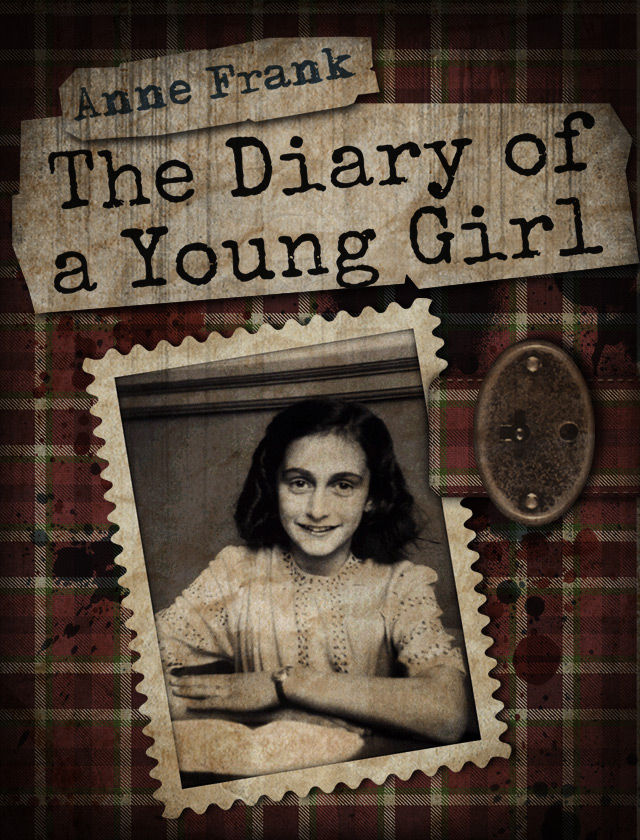The Diary Of A Young Girl
by Anne Frank
Anne Frank
Anne Frank was born in Frankfurt, Germany, on June 12, 1929. Her father, Otto Frank, was a successful businessman who could trace his ancestry in that city back to the seventeenth century. With Hitler’s rise to power after World War I came persecution of the Jewish people throughout Germany. In 1933, Otto Frank moved his family to the Netherlands, which has a long history of welcoming persecuted peoples. For several years the family lived there in relative peace, with Mr. Frank running a food and spice business. In 1940, the Germans occupied the Netherlands and began enforcing anti-Jewish laws there as well. Jews were not permitted to employ Gentiles or attend school with Gentiles; they were not permitted to ride streetcars or be outside of their homes after 8:00 p.m. They had to do their shopping only during certain hours of the day and were required to wear yellow stars at all times to identify themselves as Jewish.
By 1942, many Jews were being rounded up by the Gestapo and taken to concentration camps, where they were systematically killed or died of illness, hunger and starvation. It was well known that a “call-up notice” from the Gestapo meant being shipped to a camp. Some of the better-connected Jewish families in Holland, like the Franks, made preparations to go into hiding by having possessions and supplies of food taken slowly into secret locations with the help of non-Jewish friends. The non-Jewish Dutch people who aided the Jews were also at risk of being arrested and shipped to prison camps. With the help of his two business partners as well as several members of his office staff, Otto Frank sent supplies to a secret annex on the top stories of his office building in Amsterdam. In June of 1942, the Franks went into hiding there. They were later joined by a family of three and one other man, making a total of eight residents in the annex.
Anne Frank received her diary as a birthday gift when she turned thirteen, in July of 1942. In the early pages, she writes about her life as a schoolgirl in Amsterdam, sharing her thoughts and feelings about her family and classmates. Less than a month later, the Franks went into hiding, and Anne wrote in her diary regularly for the next two years. The diary is a remarkable historical text, as it provides firsthand insight into the lives of those enduring the horrors of the Holocaust and World War II. Because Anne Frank was a gifted young writer (she dreamed of writing professionally after the war), it is also a gracefully written text, full of humor, honesty, and thoughtful meditations on human nature, as well as poignant expressions of loneliness and pain.
In August of 1944, the annex was raided by the Nazi police, and all of its inhabitants, as well as both of Mr. Frank’s business partners, were arrested. Otto Frank was the only member of the eight people in hiding to survive the war; the rest died in concentration camps. Miep Gies, a secretary in Mr. Frank’s office, rescued Anne’s diary after the raid and kept it until Mr. Frank’s return to Amsterdam in 1945. He had survived Auschwitz, but his wife Edith had died there. Anne and Margot both died in the Bergen-Belsen concentration camp.
Mr. Frank edited his daughter’s diary with a young adult audience in mind, and it was first published in 1947. In the original edition, Mr. Frank chose to leave out some of the passages in which Anne writes about her developing sexuality, as these...
Sign up to continue reading >
